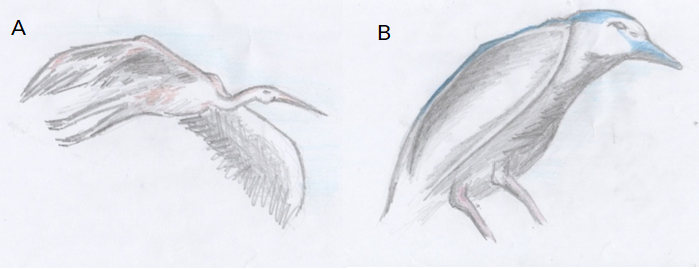


Indian Journal of Science and Technology
Year: 2020, Volume: 13, Issue: 13, Pages: 1380-1389
Original Article
Fernan Peniero Tupas1,2,3*
1Northern Iloilo Polytechnic State College, Estancia, Iloilo, Philippines
2International Research Fellow, Japan Society for Promotion Science (JSPS), Tokyo, Japan
3Hokkaido University of Education, Hakodate, Hokkaido, Japan
*Author for correspondence
Fernan Peniero Tupas
Northern Iloilo Polytechnic State College, Estancia, Iloilo, Philippines
International Research Fellow, Japan Society for Promotion Science (JSPS), Tokyo, Japan
Hokkaido University of Education, Hakodate, Hokkaido, Japan
Email: [email protected]
Received Date:15 April 2020, Accepted Date:24 April 2020, Published Date:16 May 2020
Purpose: This study aims to document flora and fauna found in Sampunong Bolo Wild Sanctuary at the Municipality of Sara, Iloilo, Philippines. The results provide basis for further study, as well as, creating policy and ordinances to protect and preserve the sanctuary. Methods: This study used narrative inquiry. The different methods employed are photo-elicitation, ethnographic research, automated micro-targeting, interview, and document analysis. The informants were purposively selected from Municipal Environment and Natural Resources Office of Municipality of Sara, personnel from Community Environment and Natural Resources Office located at San Dionisio, Iloilo, and Department of Environment and Natural Resources, Regional Office VI, former forest rangers, barangay officials and local environmentalists. Findings/application: The responses revealed that indeed the place has a highly diverse forest ecosystem but not documented. Two migrating types of birds found roosting in the habitat but because of human intervention such as hunting and gun shooting to disturb the herons. These migrating birds feed on fishes from neighboring fishponds. The abundance of fruit bats leads to the increase prevalence of fruit-bearing trees because of seed dispersal by them. Also, colorful butterflies, local birds, snakes, and camouflage geckos were observed. Furthermore, there were 13 major species of plants in the sanctuary but human activities like `kaingin,' as well as for the construction of houses caused deforestation. Besides, the sanctuary is the source of portable water in the municipality. The local government together with the national government should find ways to help protect the sanctuary by creating policies and ordinances. Politically, the interest among local officials must be enhanced, and education campaigns about the importance of local biodiversity must be organized.
Keywords: Local biodiversity; Flora and Fauna; Local Government Unit; Sampunong Bolo
Copyright: © 2020 Tupas. This is an open-access article distributed under the terms of the Creative Commons Attribution License, which permits unrestricted use, distribution, and reproduction in any medium, provided the original author and source are credited.
Published By Indian Society for Education and Environment (iSee)
Subscribe now for latest articles and news.